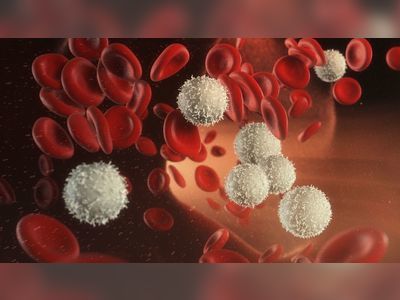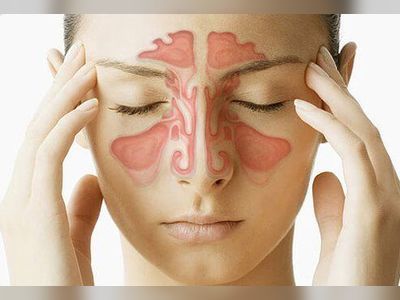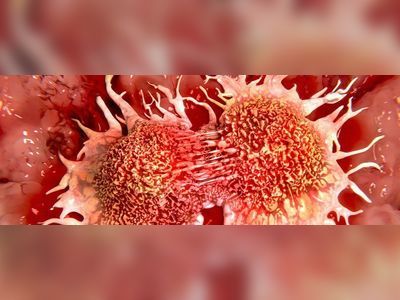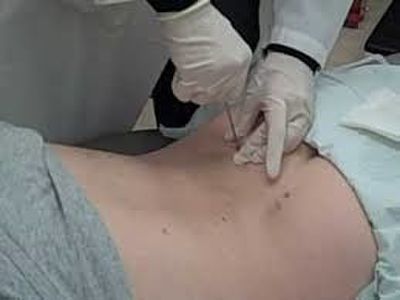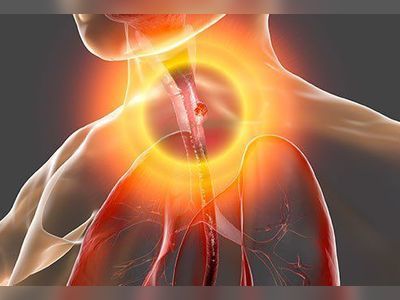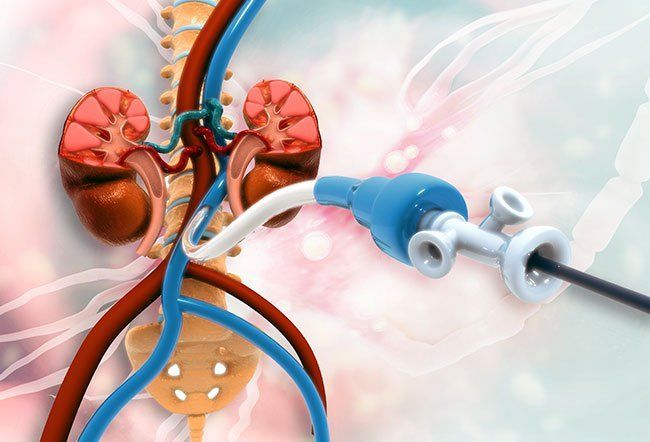
What Is the Best Treatment for Peripheral Artery Disease?
Peripheral artery disease (PAD), peripheral vascular disease (PVD), or peripheral vascular occlusive disease (PVOD) is a common condition where there is a buildup of fatty deposits (plaque) on the walls of the arteries causing them to narrow. PAD is an abnormal narrowing of the arteries that supply blood to the hands and feet. PAD reduces blood supply to the leg muscles. Other arteries such as those of the arms, neck, or kidneys may also be involved. There are several treatment options available for PAD. The choice of treatment depends on the extent of the disease and the overall health of the patient. Treatment options for PAD include
medication,
surgery, and
lifestyle modifications.
Early diagnosis and management of PAD can help treat symptoms and reduce or prevent serious complications.
What are the causes of peripheral artery disease?
Peripheral artery disease (PAD) is caused by atherosclerosis that is a gradual buildup of fat and cholesterol that forms plaques in the walls of the arteries making them narrow. The walls of the arteries also become stiff and cannot dilate easily. This reduces the flow of blood in the peripheral arteries, the blood vessels that carry blood away from the heart to other parts of the body.
Risk factors for PAD:
PAD is relatively a common disorder, often affecting people older than the age of 65 years. People are at a higher risk if they have the following conditions:
High cholesterol
High triglycerides
High blood pressure
Diabetes
Obesity
Smoking
Heart disease
Kidney disease involving hemodialysis
Stroke
Metabolic syndrome
Excess levels of C-reactive protein or homocysteine
Family history
Unhealthy eating habits, no physical activity, and stress
What are the symptoms of peripheral artery disease?
Most patients do not experience any symptoms. Symptoms of peripheral artery disease (PAD) include:
Intermittent claudication-muscle pain or cramping in the calf, thigh, or hip while walking or climbing stairs that goes away with rest
Pain at rest in the toes or feet in patients with severe PAD
Tingling or feeling of pins and needles in the lower legs or feet
Leg weakness or numbness
Loss of hair on the legs
Legs that are cooler than the arms or one leg cooler than the other
Sores or ulcers on the legs or feet that don’t heal or heal slowly
Brittle toenails
Slow toenail growth
Skin on the legs becomes shiny or pale or bluish
Weak pulse in the leg
What are the complications of peripheral artery disease?
The complications of peripheral artery disease (PAD) are as follows:
Critical limb ischemia: This condition begins as an open sore, ulcer, or infection in the feet or legs that don't heal. It occurs when the blood vessel is narrowed to more than 60%. The resultant ulcer or infection progresses and causes tissue death. Sometimes, amputation of the affected limb may be required.
Stroke and heart attack: Atherosclerosis that causes PAD also buildup in the arteries supplying blood to the heart and brain. Narrowing in the brain causes cerebrovascular disease and in the heart causes coronary artery disease, leading to stroke and heart attack, respectively.






